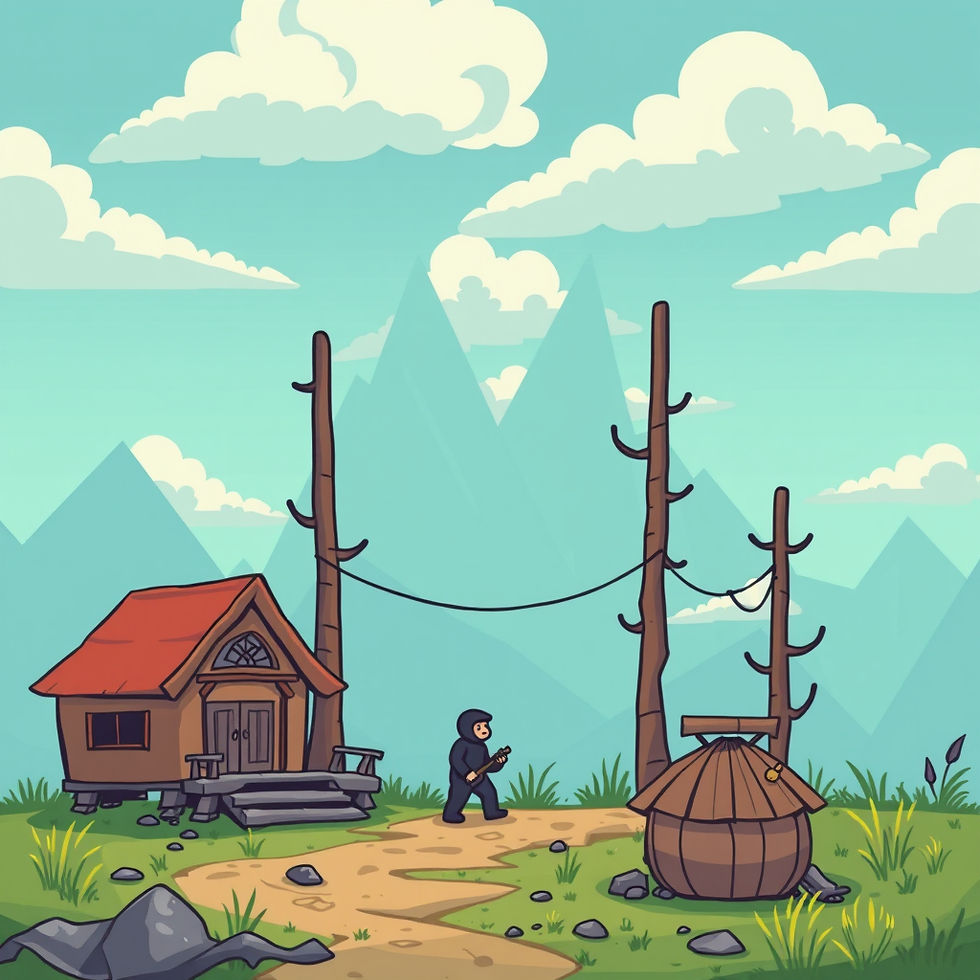Idle Games: The Quiet Revolution of Gaming
- Geniuscrate

- Sep 26
- 2 min read

Not every game demands lightning-fast reflexes or intense focus. Some thrive on patience, strategy, and incremental progress. Idle games, also known as clicker games or incremental games, have quietly carved out a niche that has grown into a global phenomenon.
What Are Idle Games?
Idle games are titles where players progress with minimal input. Often starting with something as simple as clicking a button to gain resources, these games scale exponentially, eventually running on their own in the background. Popular examples include
Cookie Clicker, Adventure Capitalist, and Crusaders of the Lost Idols.
The appeal lies in the satisfaction of watching numbers grow, unlocking upgrades, and experiencing long-term progress without the pressure of constant interaction.
Why Players Love Them
At first glance, idle games may seem too simple, but they succeed because they tap into a few core psychological drivers:
Progress and reward loops – players love watching their investments grow.
Accessibility – minimal skill required, playable on PC, mobile, or browser.
Time-friendly – ideal for busy players who can check in and out casually.
Idle games are often described as gaming’s equivalent of comfort food, something easy to pick up, yet strangely addictive.
Strengths and Limitations
Strengths:
Low barrier to entry, making them welcoming for all players.
Perfect for multitasking while still feeling rewarding.
Developers can update them endlessly with new layers of complexity.
Limitations:
Can feel repetitive or shallow to those seeking depth.
Heavy reliance on microtransactions in some titles.
Often criticized as “not real games” despite their unique appeal.
The Future of Idle Gaming
Idle mechanics are finding their way into other genres. RPGs, strategy games, and even shooters now integrate auto-progression systems. With mobile gaming continuing to rise, idle games will likely grow in scope, blending casual mechanics with richer worlds and narratives.
We may even see idle mechanics connected to AI-driven personalization, where the game adapts progress and upgrades based on individual player habits.
Conclusion
Idle games might not dominate headlines like AAA blockbusters, but their subtle influence on design and player psychology can’t be ignored. They prove that gaming isn’t just about action, but it’s also about anticipation, patience, and the quiet joy of progress.
About GeniusCrate
At GeniusCrate, we recognize the creativity behind every genre, including idle games. Our team crafts stylized assets, intuitive UI elements, and scalable environments that help developers keep players engaged over long stretches of time. By combining artistry with technical precision, we empower studios to design games that captivate in unexpected ways.



Comments